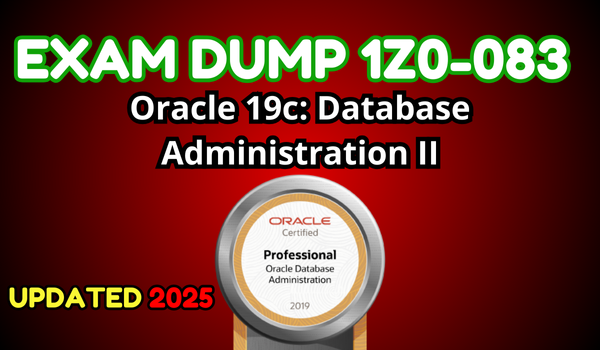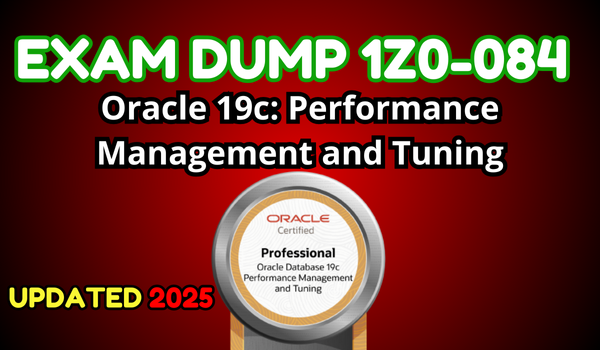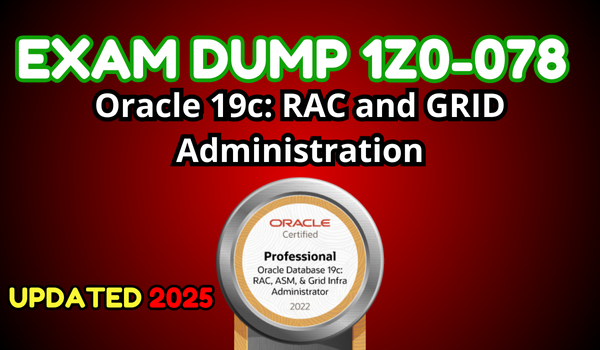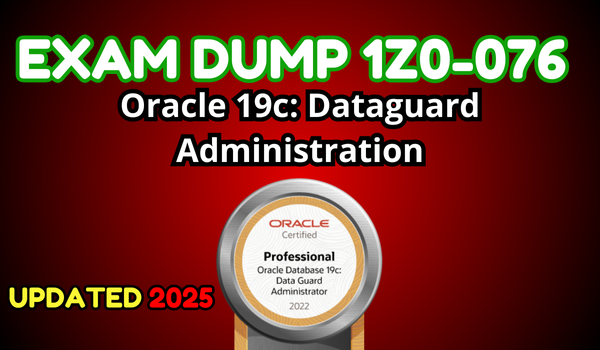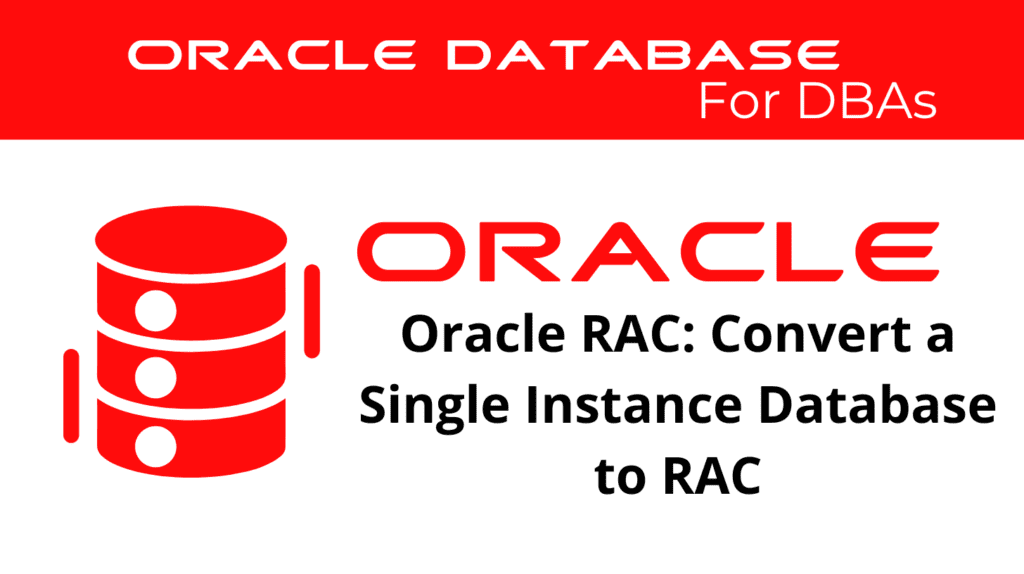
Converting a single instance Oracle database to Oracle RAC (Real Application Cluster) can significantly enhance the performance, availability, and scalability of your database environment. This guide will take you through the process of Oracle RAC conversion, highlighting the steps involved and the benefits of using RAC for your database needs.
Preparing for RAC Migration
Preparing for RAC migration is a critical first step in converting your single instance Oracle database to RAC. Proper preparation ensures a smooth and successful migration process.
Assessing System Requirements
Before beginning the conversion, it’s essential to assess your system requirements. Ensure that your hardware meets the specifications needed for RAC and that your operating system is configured correctly.
📢 You might also like: Oracle Real Application Cluster (Category: RAC and GRID)
Backing Up Your Database
Backing up your database is a crucial step to prevent data loss during the conversion. Ensure that you have a complete backup of your single instance database before starting the migration process.
Installing Oracle Grid Infrastructure
Install the Oracle Grid Infrastructure, which includes Oracle Clusterware and Automatic Storage Management (ASM). This infrastructure is necessary for managing the RAC environment.
Converting to RAC
The actual conversion process involves several steps that must be followed meticulously to ensure a successful RAC upgrade.
Running the DBCA
The Database Configuration Assistant (DBCA) is a tool that simplifies the conversion process. Use DBCA to convert your single instance database to a RAC database. This tool guides you through the steps, ensuring that all necessary configurations are applied.
Configuring Cluster Nodes
Configure the cluster nodes that will host the RAC database. This involves setting up the public, private, and virtual IP addresses for each node, ensuring proper communication within the cluster.
Migrating Data
Data migration is a critical step in the conversion process. Ensure that all data from the single instance database is correctly migrated to the RAC environment. This step may involve using Oracle Data Pump or other migration tools.
Post-Conversion Steps
After converting to RAC, there are several post-conversion steps necessary to optimize the performance and reliability of your new RAC environment.
Performance Tuning
Performance tuning is essential to ensure that your RAC database operates efficiently. Adjust database parameters, configure load balancing, and optimize memory allocation to enhance performance.
Monitoring and Maintenance
Implement monitoring and maintenance practices to keep your RAC environment running smoothly. Use Oracle Enterprise Manager and other monitoring tools to track performance metrics and identify potential issues.
Backup and Recovery
Establish a robust backup and recovery strategy to protect your data. Configure Oracle Recovery Manager (RMAN) to perform regular backups and ensure that your backup procedures are tested and reliable.
RAC migration – Benefits of Using Oracle RAC
Using Oracle RAC offers numerous benefits that can significantly enhance your database environment.
High Availability
Oracle RAC provides high availability by allowing multiple instances of the database to run on different nodes. This setup ensures that if one node fails, the other nodes can continue to process transactions, minimizing downtime.
Scalability
Oracle RAC enables horizontal scalability by adding more nodes to the cluster. This feature ensures that your database can handle increased workloads and growing user demands without compromising performance.
Improved Performance
Oracle RAC distributes the workload across multiple nodes, enhancing the overall performance of the database. Load balancing ensures that no single node becomes a bottleneck, optimizing resource utilization.
Cost Efficiency
By consolidating multiple databases into a single RAC environment, organizations can reduce hardware and maintenance costs. Oracle RAC allows for better resource utilization, leading to cost savings.
See more about Oracle RAC conversion and upgrade and overview on Oracle’s website!
Conclusion
Converting a single instance Oracle database to Oracle RAC can bring substantial benefits, including improved performance, high availability, and scalability. By following the steps outlined in this guide, you can ensure a smooth RAC migration and leverage the full potential of Oracle RAC for your database needs.
Be Oracle RAC certified, this world is full of opportunities for qualified DBAs!


